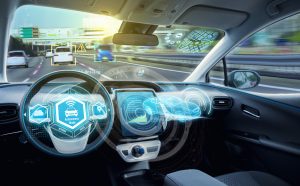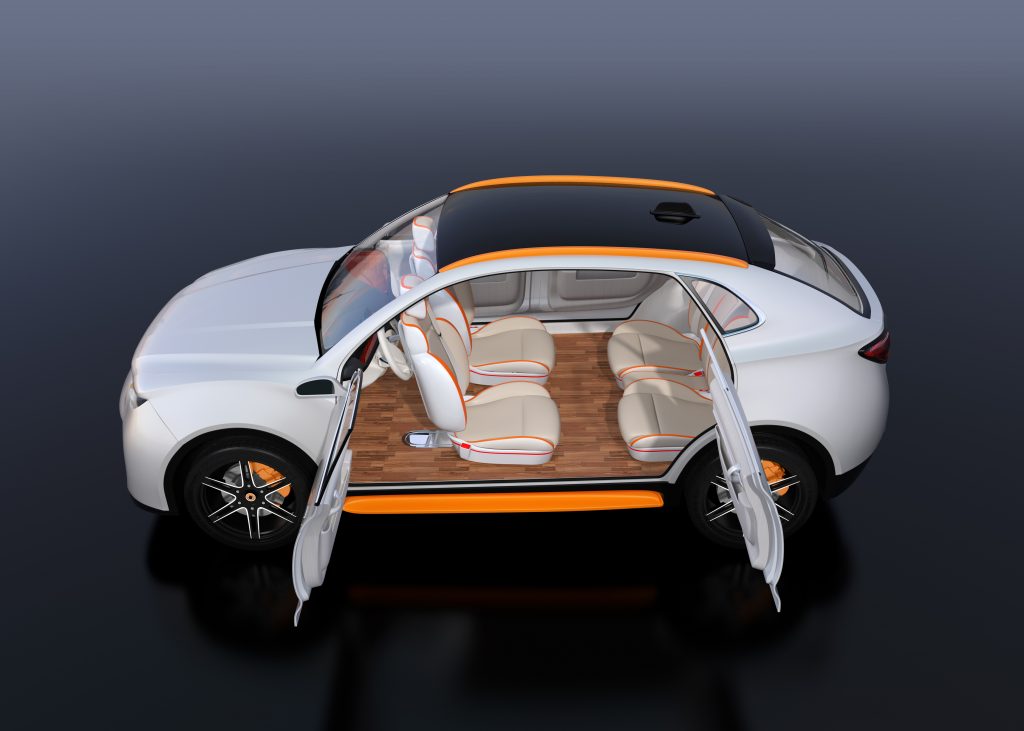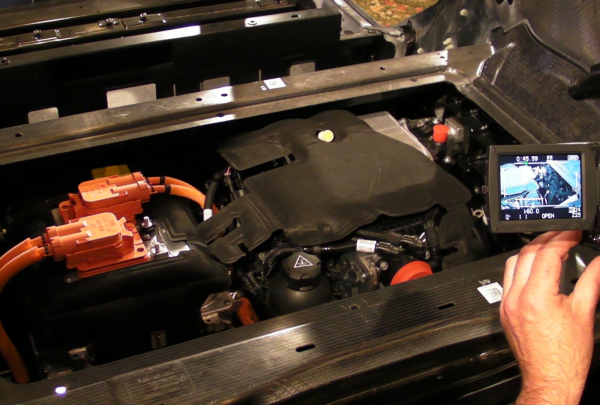Contact us today to see if you qualify and what you can contribute!
The American Chemistry Council seeks to engage technical experts, decision-makers, and other mobility industry leaders. The plastics and polymer composites industry is building a bridge to tomorrow’s trends.
 What industry-wide actions can speed up widespread enhanced safety and mobility? How can new polymers and composites improve security, environmental sustainability, and economic viability?
What industry-wide actions can speed up widespread enhanced safety and mobility? How can new polymers and composites improve security, environmental sustainability, and economic viability?
Major automotive industry trends are driving automakers to integrate advanced materials into cars. Why? So we can enable autonomous vehicles, shared mobility solutions, and hybrid propulsion systems. Advanced plastics have helped improve the safety, appearance, and functionality of automobiles. Now they can play a critical role in occupant safety and vehicle performance. New materials can extend travel ranges and reduce environmental impacts. Plastics enable critical sensor communications throughout the entire transportation infrastructure.

Lightweighting, safety, room for on-board AI, reversible bonding for repairs and end-of-life, bring your viewpoint to the 2020 Roadmap. Contact us today.
We must prepare the industry before these future trends arrive. So, the American Chemistry Council (ACC) is updating its automotive roadmap. It’s called the Plastics and Polymer Composites in Automotive Markets Technology Roadmap.
This federal agency-reviewed roadmap provides automakers with an updated industry-wide future vision. Its mission: meet emerging and future consumer demands in the automotive industry. How will new materials bridge the gaps between now and autonomy? What are the gaps in the road to electric propulsion and greater hybridization?
 The roadmap builds upon its 2014 vision for the automotive plastics industry. Consumers will recognize plastics and composites as the preferred automotive material by 2030. Plastics will meet and often set automotive performance standards and sustainability requirements.
The roadmap builds upon its 2014 vision for the automotive plastics industry. Consumers will recognize plastics and composites as the preferred automotive material by 2030. Plastics will meet and often set automotive performance standards and sustainability requirements.
The 2014 roadmap fostered a culture of collaboration. The roadmap reshaped the way plastics and the automotive industry works together. The roadmap enabled automakers and suppliers to achieve greater safety, efficiency, and performance. The roadmap added value. For instance, reversible bonding (magic glue) was born.
Now it’s time to update the vision and strategy. Are you game? Are you on your game? Only bright engineering visionaries need apply. Contact us today to see if you qualify and what you can contribute!

